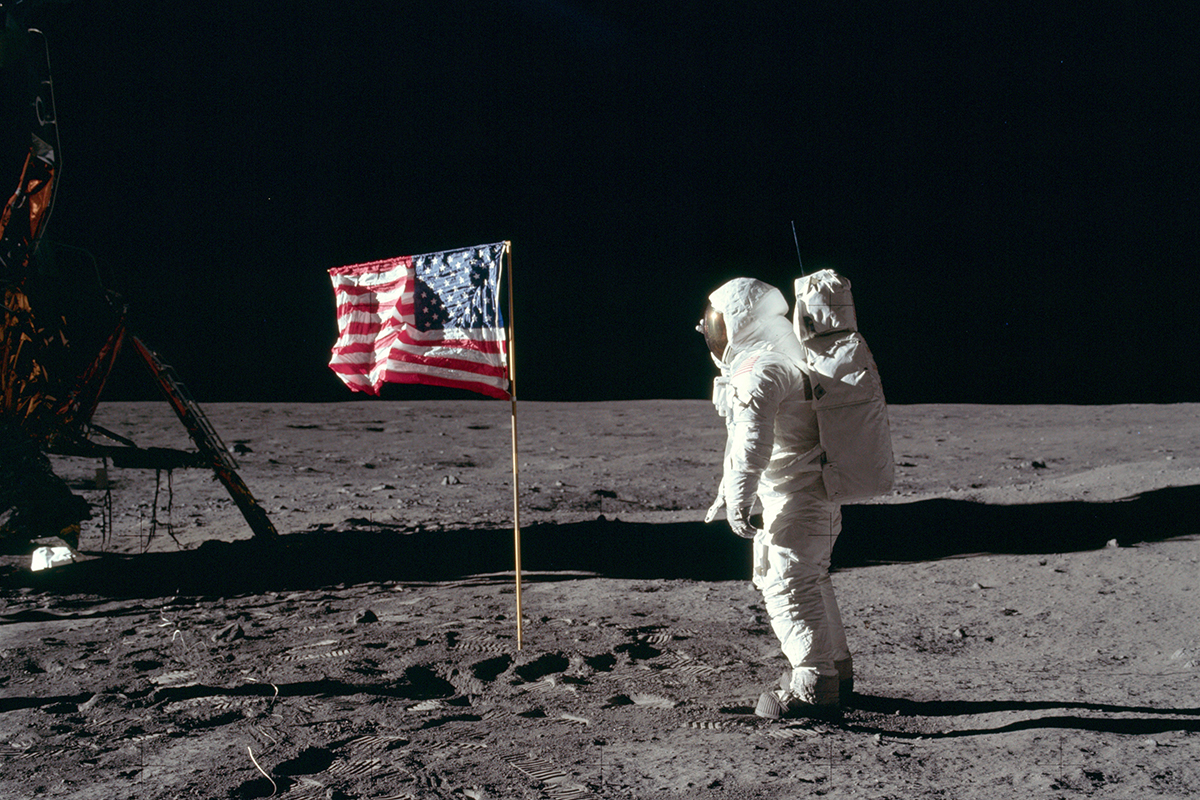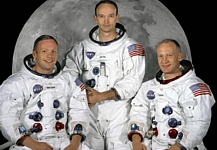Did the Lunar Module disappear?
Fake: "Some Apollo images have identical backgrounds, but the Lunar Module is only visible in one of them. Did the spacecraft just leave and forget the photographer?"
TRUE: On Earth, the perception of distance is based on the fact that, in the distance, objects appear more blurry (due to the thickness of the air). On the Moon, without an atmosphere, the backgrounds look sharp and it makes it difficult to calculate distances and sizes, since everything seems to have a similar proximity.
Sliding the slider across the pair of images on the side, the left photo reveals the full photo, showing the terrain near the Lunar Module; the right photo where the Lunar Module “disappears” only shows that the photo was taken from a closer distance, where the astronaut was in front of the Lunar Module (note the differences in the terrain),


More suspicions of fraud?
With the many arguments cited above, I hope that the alleged anomalies of some lunar photos have become clear. However, pro-conspiracy people also often mention other "suspicions" of fraud, about which it is only necessary to resort to common sense and think objectively.
For example, the impossibility of reaching the Moon with the available technology is cited, arguing the curious fact that the Apollo computers had a much lower capacity than that of a current desktop PC; the program's previous failures, such as the Apollo I disaster in 1967 that cost the lives of its three astronauts, whose errors would have been impossible to repair in just 2 years; and the desperation to gain space leadership from the Soviets, taking place in the middle of the Cold War.
These points, however, are not concrete evidence that the US has decided to rig the landings; Several tests were carried out prior to the historic Apollo XI, which, along with other lunar missions, brought compelling evidence of this journey.



